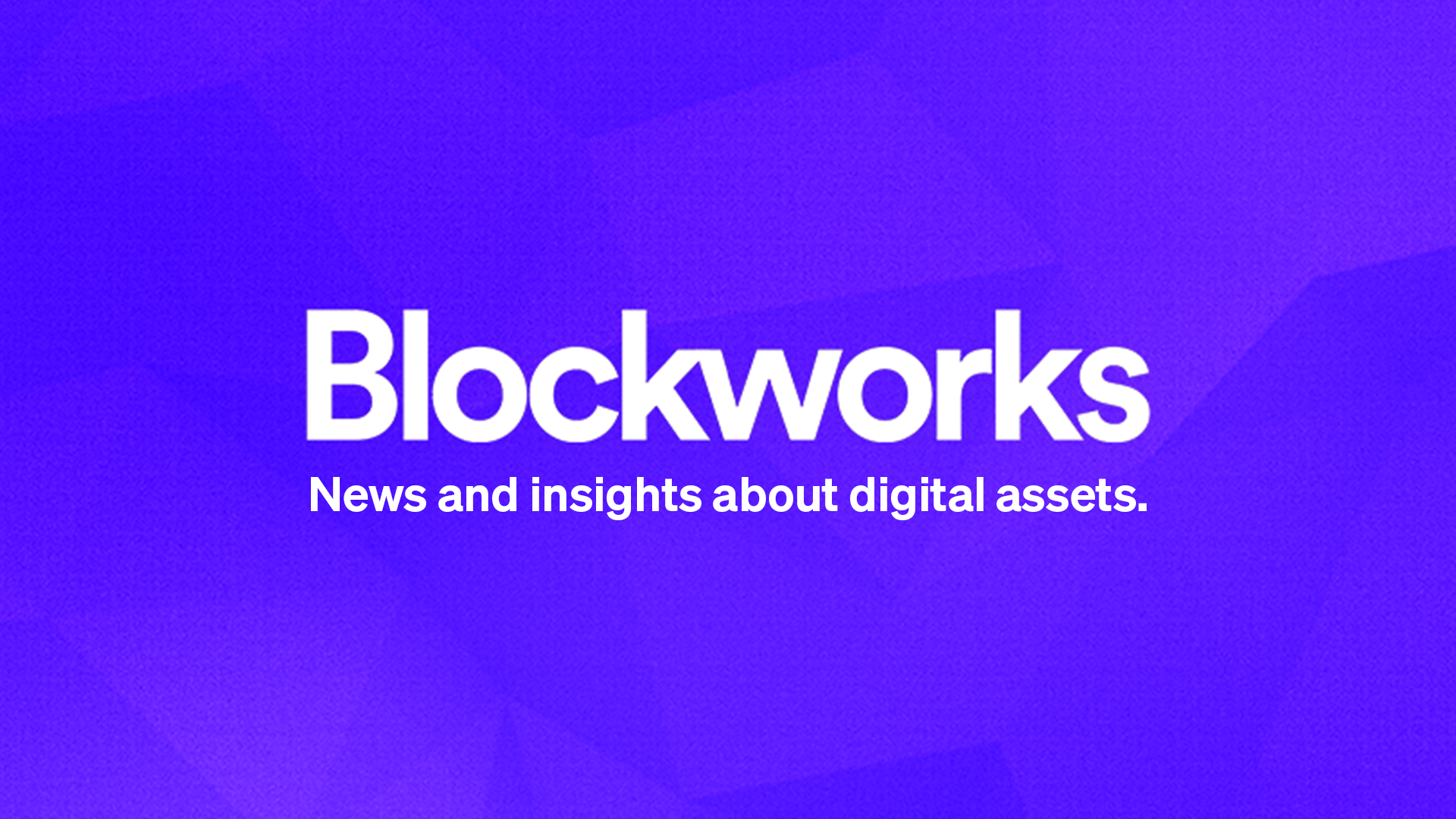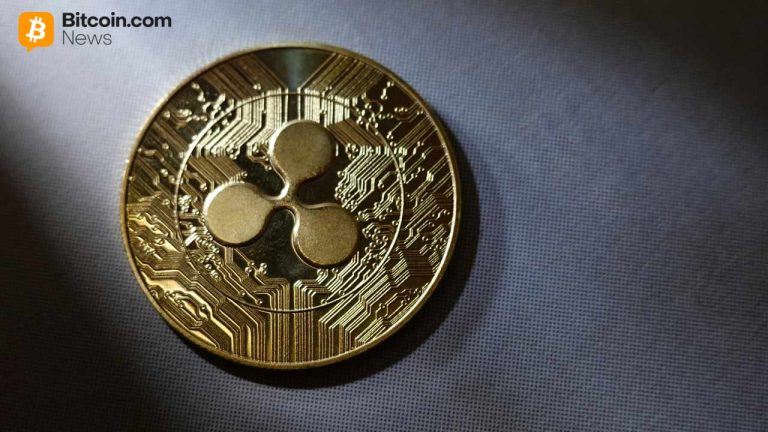ARTICLE AD BOX
Get the news delivered directly to your inbox. Subscribe to the Empire newsletter.
Stablecoins are having a moment, that much is clear.
As the rest of crypto trades sideways, the market capitalization of stablecoins has steadily increased. It sits now at $170 million, per rwa.xzy, though there has been a slight dip over the past few days.
Castle Island Ventures, alongside Artemis, Visa and Brevan Howard Digital made a new survey that looks into the prevalence of stablecoins in certain emerging markets. The survey looked into roughly 2,500 crypto users in Nigeria, India, Turkey, Indonesia and Brazil.
“Our survey results contradict the common belief that stablecoins are exclusively used as a tool for the speculative trading of crypto assets. Forty-seven percent of crypto users surveyed list saving in dollars as their stablecoin objective, 43% cited efficient currency conversion and 39% said yield generation. Gaining access to crypto exchanges remains the top use case for those surveyed, but a long tail or ordinary (non-crypto) economic activities is evident as well,” the report said.
Read more: Stablecoins are ‘a better product’ than local currencies in emerging economies, Carrica says
“The findings are clear: non-crypto uses account for a meaningful share of stablecoin usage modes in the countries surveyed.”
Nic Carter of Castle Island Ventures told Blockworks he’s been curious about tracking the data because he wanted to better understand how folks are using stablecoins.
From here, Carter will take the findings to Washington DC. Lawmakers on Capitol Hill, and various US officials, have been pretty vocal about their stablecoin opinions. There is also a push from Senators Kirsten Gillibrand and Cynthia Lummis to introduce regulations around stablecoins.
“If you’re looking at emerging markets, this is a case of currency substitution where savings would be held in the naira or the Turkish lira or the Indian rupee, and it’s actually being converted into the dollar,” Carter explained.
“So this is a positive buying pressure for the dollar and all the dollar assets that the stablecoin issuers hold (which are Treasurys). So my point is: This is a flow into the dollar. It’s a new source of demand. It’s very meaningful, and obviously it’s supportive of US interests.”
But while it may impress US lawmakers, those in, say, Nigeria might not be as thrilled with some of the results. As we’ve previously reported, Nigeria became more hostile toward crypto earlier this year, detaining two Binance executives (American Tigran Gambaryan is still being held in the country), and charging Binance with tax evasion and money laundering.
Nigeria’s attempts to regulate the industry have perhaps not been as successful as the country hoped, based on the data snapshot from the report. The survey took place from May to June earlier this year, with some onchain data being gathered through July. Nigeria arrested Gambaryan at the end of February.
“Nigerians love stablecoins,” Carter noted. Perhaps the country even has a right to be “paranoid,” given that the full survey results show that Nigeria came out on top in every category.
Users in the country “transact most frequently, stablecoins compose the largest share of respondent portfolios, they report the highest share of non-crypto-trading uses for stablecoins, and they maintain the highest self-reported knowledge of stablecoins,” the report stated. Other countries such as Turkey had different uses for stablecoins (the report found that Turkish users tend to use them to earn yield, with trading closely following).
“I think there actually is a crypto dollarization event happening in Nigeria, as far as I can tell, where people are actively deserting the naira and going to dollars via stablecoins. I think this is ongoing. It’s the first real crypto dollarization event,” Carter told me.
He did warn that he’s not sure if you can “quantify that 15% of [naira’s] devaluation is due to crypto,” especially given that the survey targeted crypto users. But the results show that perhaps Nigeria has a right to show concern.
Nigeria aside, the study was able to show that stablecoins, when used by some in emerging markets, allow access US dollar exposure, which could be interpreted as a boon for the US.
But, as stated above, there isn’t currently a regulatory framework for stablecoin issuers, even as Circle — the firm behind USDC — seeks to go public. But Carter also thinks that the issuers are “stymied” because none of them can issue interest-bearing stablecoins.
“All of the interest bearing stablecoins, they’re issued overseas,” he said. Carter pointed to Paxos, which has an interest-bearing stablecoin in Dubai despite being a US-based company. Offerings from Mountain Protocol and Ethena are also offshore.
“…I do think that the interest-bearing stablecoins will out-compete the ordinary ones at the margin with time. So they can’t do that in the US, because the [Securities and Exchange Commission] is so adamant that it makes it a security, right? So that’s one of the issues that’s…hobbled us for now,” Carter explained.
The report points out there’s not one single answer to address why stablecoins are so heavily dollarized.
“The US dollar is the global reserve currency but in no other category of usage does it dominate to the same extent it does with stablecoins,” it pointed out.
But there’s no denying that it seems to have hit its mark with stablecoins. Now time will tell if the US will take advantage of that.
A modified version of this article first appeared in the daily Empire newsletter. Subscribe here so you don’t miss tomorrow’s edition.
Start your day with top crypto insights from David Canellis and Katherine Ross. Subscribe to the Empire newsletter.
Explore the growing intersection between crypto, macroeconomics, policy and finance with Ben Strack, Casey Wagner and Felix Jauvin. Subscribe to the On the Margin newsletter.
The Lightspeed newsletter is all things Solana, in your inbox, every day. Subscribe to daily Solana news from Jack Kubinec and Jeff Albus.
 (1).png)
 1 year ago
497487
1 year ago
497487








 English (US) ·
English (US) ·